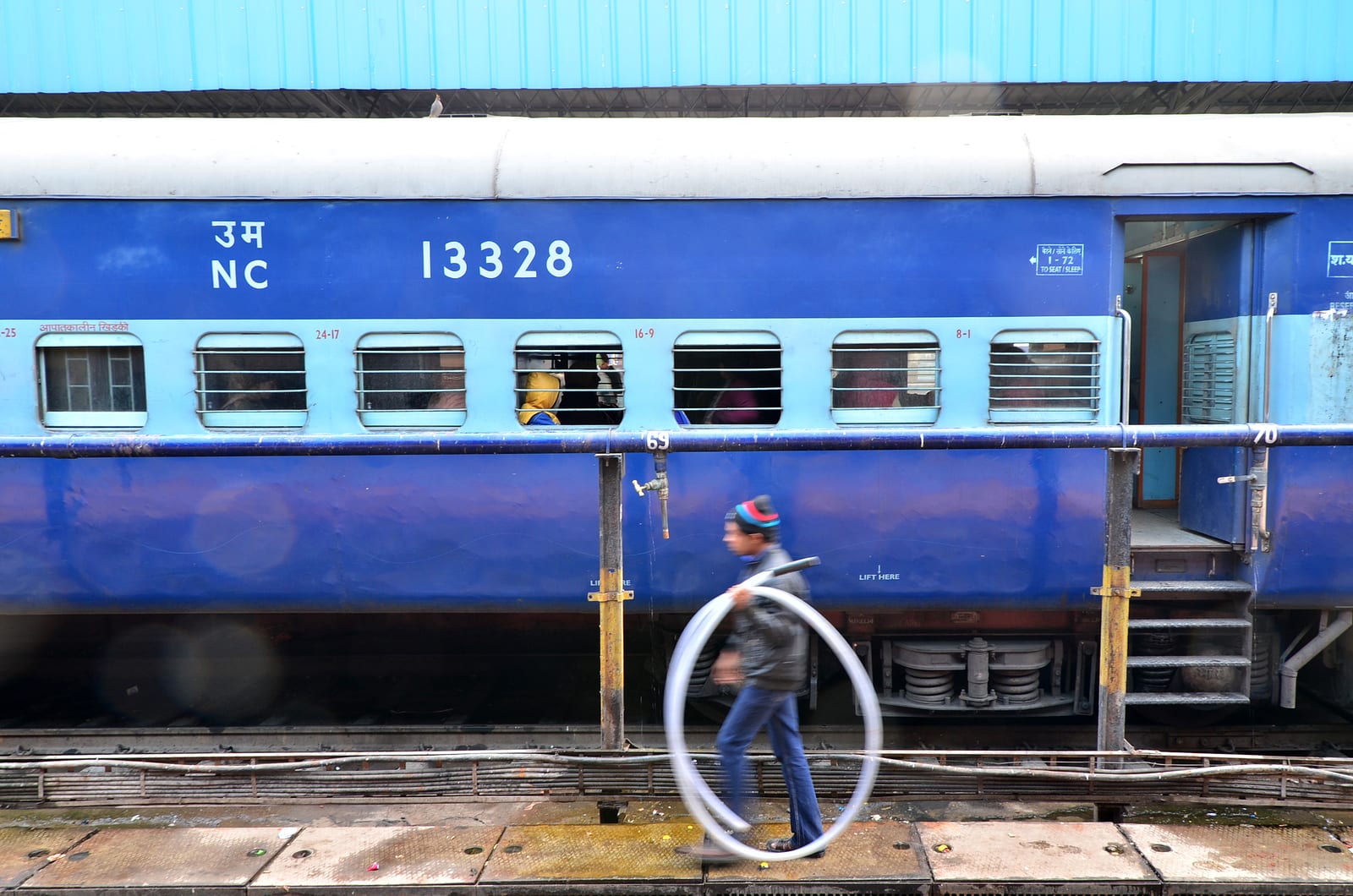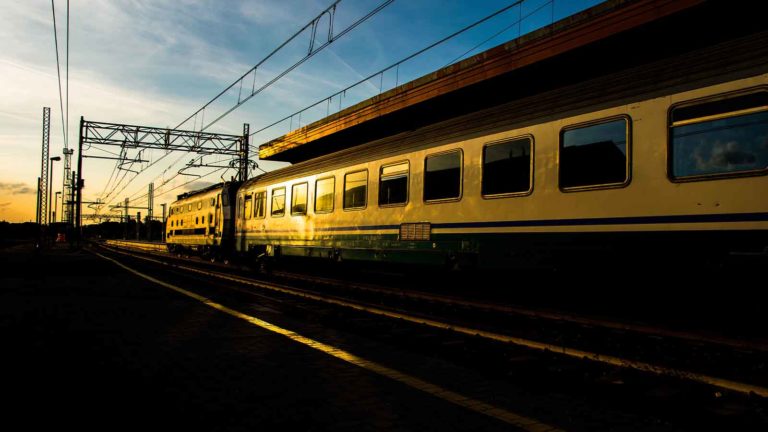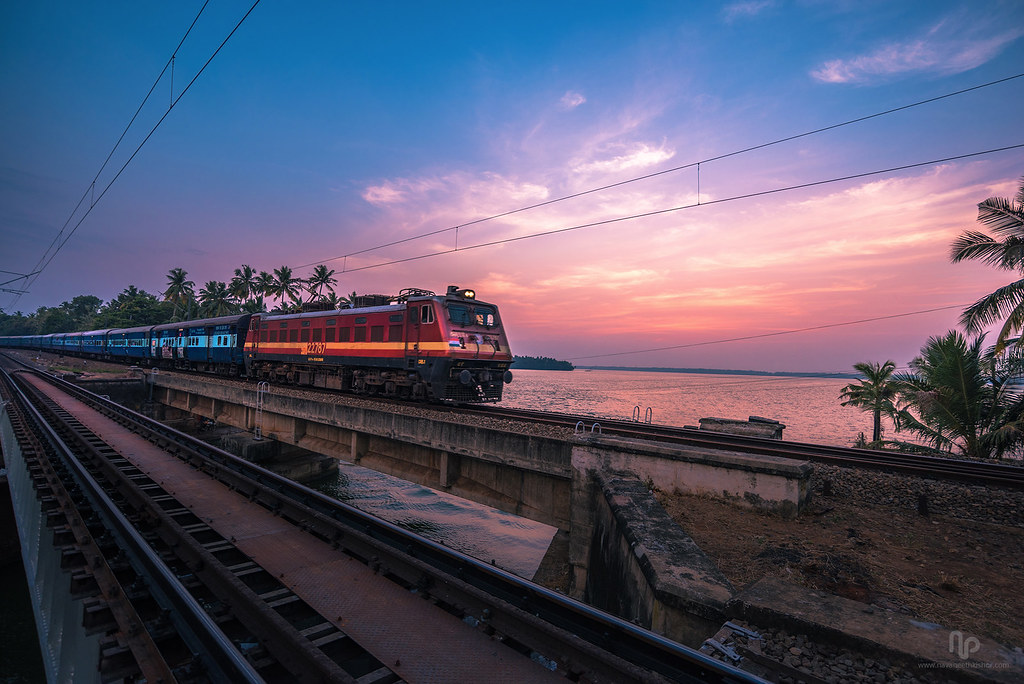 How’s this for thought? In the NDA’s maiden Railways budget presented in 2015, the word ‘technology’ was mentioned only once. There were other 13-14 references to Braille facilitated coaches etc., but nothing more. In the light of this, the 2016 budget wasn’t predicted to be any different. Suresh Prabhu’s 2nd budget, however more than made up for the absence of technological initiatives of last year’s with about 21 specific ‘technology’ mentions.
How’s this for thought? In the NDA’s maiden Railways budget presented in 2015, the word ‘technology’ was mentioned only once. There were other 13-14 references to Braille facilitated coaches etc., but nothing more. In the light of this, the 2016 budget wasn’t predicted to be any different. Suresh Prabhu’s 2nd budget, however more than made up for the absence of technological initiatives of last year’s with about 21 specific ‘technology’ mentions.
In his speech, Suresh Prabhu used terms such as analytics, drones and geospatial technology – terminology one doesn’t generally associate with the budget and so far certainly not with the Indian railways. So in that sense, it was a pleasant surprise and many of these initiatives, if taken forward, will be vital to the larger plan of transforming an old-economy mammoth into a modern-day, fast, efficient, safe and consumer-friendly entity. Get ready for Indian Railways 2.0.
What was even closer to the heart was that the minister, in the course of his speech, also mentioned that his ministry plans to set up a “committed, cross-functional team” called the Special Unit for Transportation Research and Analytics (SUTRA) to oversee this task.
Surprises aside, this makes a whole lot of sense. According to the Google Zeitgeist, the annual search trend results showcased by the search engine giant, IRCTC is unarguably India’s largest e-commerce portal, dwarfing entities such as Amazon, Flipkart and others in terms of daily visitors. IRCTC is India’s largest e-commerce portal by revenue as per information filed with the Registrar of Companies. E-ticketing constitutes 55% of total reserved tickets on Indian Railways. IRCTC’s profits for the financial year 2014-15 stood at Rs. 1,141 crores while total sales for the same period was a whopping Rs 20,620 crores. With approximately 5 lakh visitors per day, IRCTC has come a long way from selling 27 tickets when it first began. In fact perhaps what is not too well known is that India’s biggest online retailer Flipkart – drew its inspiration from IRCTC.
Big Data
The clear highlight for the Railways in recent years has been monetization. The writing is on the wall – the Railways needs to gradually pay for itself and there is no reason why it shouldn’t. According to media and other reports, the railways incurred a loss of over Rs. 26,000 crores in 2014. With no fare hikes and an increased wage bill starting from January this year, that loss will only increase. Boosting efficiencies and cross-leveraging assets, resources and opportunities is a solution. In light of this, the announcement of SUTRA makes a lot of sense. It’s about time that the railways made sense of their data and then looked at ways of monetizing this.
Just think about it. The data that the Railways generates is mind-boggling and here I’m not just speaking of data stored through online bookings. Add to this the enormous quantities of data generated by GPS, AEI readers, electronic data interchange, video inspections, handheld field tablets, and multiple other sources. The Indian Railways generates approximately 100 terabytes of data each year. This is set to increase even further with Google’s initiative of offering free WiFi across 100 railway stations (Mumbai Central was the first station to be offered this). At one glance the Indian Railways will know exactly what millions of Indians across socio-economic spectrum consume online, on a real-time and daily basis.
Now imagine this data being configured to offer additional passenger services. Not just generic ‘one-size-for-all’ of packages but customized by the customer, seasons and even destinations. We already know that IRCTC has been actively tying up with hotel portals, e-catering services, payment gateways, food franchises etc. These are the way forward, but what will be effective for the railway giant to understand and analyze traveling pattern of the passenger, just like how private airlines do for their frequent customers.
For example, I would know at a glance how many times in the past 10 years Mr. Arun Kumar, age 65, has traveled from Delhi to Vaishno Devi with his family. I would know his dietary preferences as well as his class of travel (let’s assume he travels 2nd AC). Now that I know his pattern of travel, destination themes, and other preferences, what prevents me from offering Mr. Kumar a special discounted summer package for a multi-city ‘pilgrimage special’ trip?
I already have tie-ups with hotels; all I need is a tie-up with a local transport service provider (let’s say that could be with Ola or Uber or Meru or all three depending on the cities); local restaurants and an additional sight-seeing package, all at slightly discounted rates. A tie-up with a bank would ensure an EMI payment as well. This is not as overwhelming as it may seem. The Railways are already offering these packages with the luxury tourist trains for high-paying foreign and Indian tourists. Technically speaking this could be taken forward and mass-marketed.
Not only do the Railways earn more through Mr. Kumar (and basis his experience make this a regular feature) they also earn through partnerships with the private service providers. Any discounts offered, therefore, is off-set through this additional revenue and hopefully, they’ll still be left with more than just pocket change. This is just one example of what is possible. Basis passenger data a host of additional services can be offered – some simply to streamline services better and others that can be monetized. Another effective way of measuring customer sentiments is by social media trends and analyzing call center data in order to close loopholes, offer new services and mold offerings for the consumer’s benefit. However, the Indian railways need to sift, analyze and apply insights effectively and on more or less real time basis in order to make the railways an operative and coordinated experience for the passengers.
The Freight Weight
Surprisingly, it’s not the passenger segment where the IRCTC makes the money, it’s the freight sector that churns the profit for them on a daily basis. It is a need of the hour to enable freight roads to use sensors, Big Data analytics, cloud computing and other technology to gather and analyze information from various sources and data streams — and then use that analysis to drive solutions, effectively manage operations and, possibly, offer new services. But it is not easy as it sounds, various issues plague this sector in India. Due to under-investment, there has been heavy congestion on the rail networks and has caused the failure of the system to house more trains and increase the speed of goods trains. Therefore, the need of the hour is to commence a massive infrastructure expansion and decongestion program coupled with upgradation of technology and careful electrification of tracks along with enhancement of terminal capacity to expand and upgrade this sector. Since it is the money churner for the Indian Railways, the changes should be initiated as soon as possible to reap the maximum benefit.
A Secure & Efficient System
Safety and efficiency are the other critical issues that can be increased basis data analytics. Over medium, to long term, this can save the Railways significant sums of money. This is where Predictive Maintenance in Rail comes into play. In addition to this being used internationally, closer home this is used by the Delhi Metro and it helps them predict possible break-downs and other technical problems which can then be dealt with, literally, before it happens. Given that the Railways operate stock (wagons, engines, signaling systems and other equipment) that is not spanking new, this is an area where both money and time can be saved, thereby improving passenger and freight services. Now isn’t this what you’d call a win-win formula?


















































































